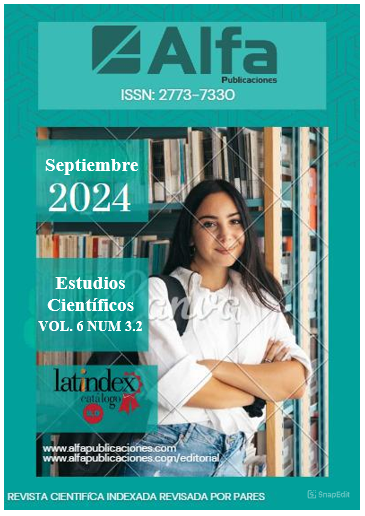Neurofibromatosis Type I: case report
Main Article Content
Abstract
Introduction: neurofibromatosis comprises three dominant inherited disorders, type I being the most common, relatively frequent, with a prevalence of 1 in 3500, with defining features and diverse manifestations, including a 5-10 times increased risk of cancer, with a cumulative risk of 40% at 50 years of age. Objective: to analyze the management and treatment of neurofibromatosis type 1 in a clinical case to identify educational and innovative elements about the disease. Methodology: descriptive, retrospective, retrospective clinical case study by reviewing clinical history and for the description of the pathology, collection of articles extracted from recognized databases such as: Scopus, Pubmed, Wiley Online Library. Results: A clinical case of a 13-year-old female patient was presented, presenting vertigo, nausea and persistent vomiting. Physical examination revealed cutaneous features of neurofibromatosis type I (NF1) and neurological findings. Laboratory tests were normal. X-ray shows spina bifida at S1-S2, and EEG reveals abnormal activity in the right temporal region. MRI confirms hamartomas in both cerebella and a left temporal arachnoid cyst. Management includes hydration, soft diet and consultation with neurosurgery and pediatric oncology for possible radiological treatment. Conclusion: The importance of a multidisciplinary approach to the diagnosis, treatment and follow-up of this complex genetic disease is emphasized.
Downloads
Article Details
dssfdsf
dsfdsf

